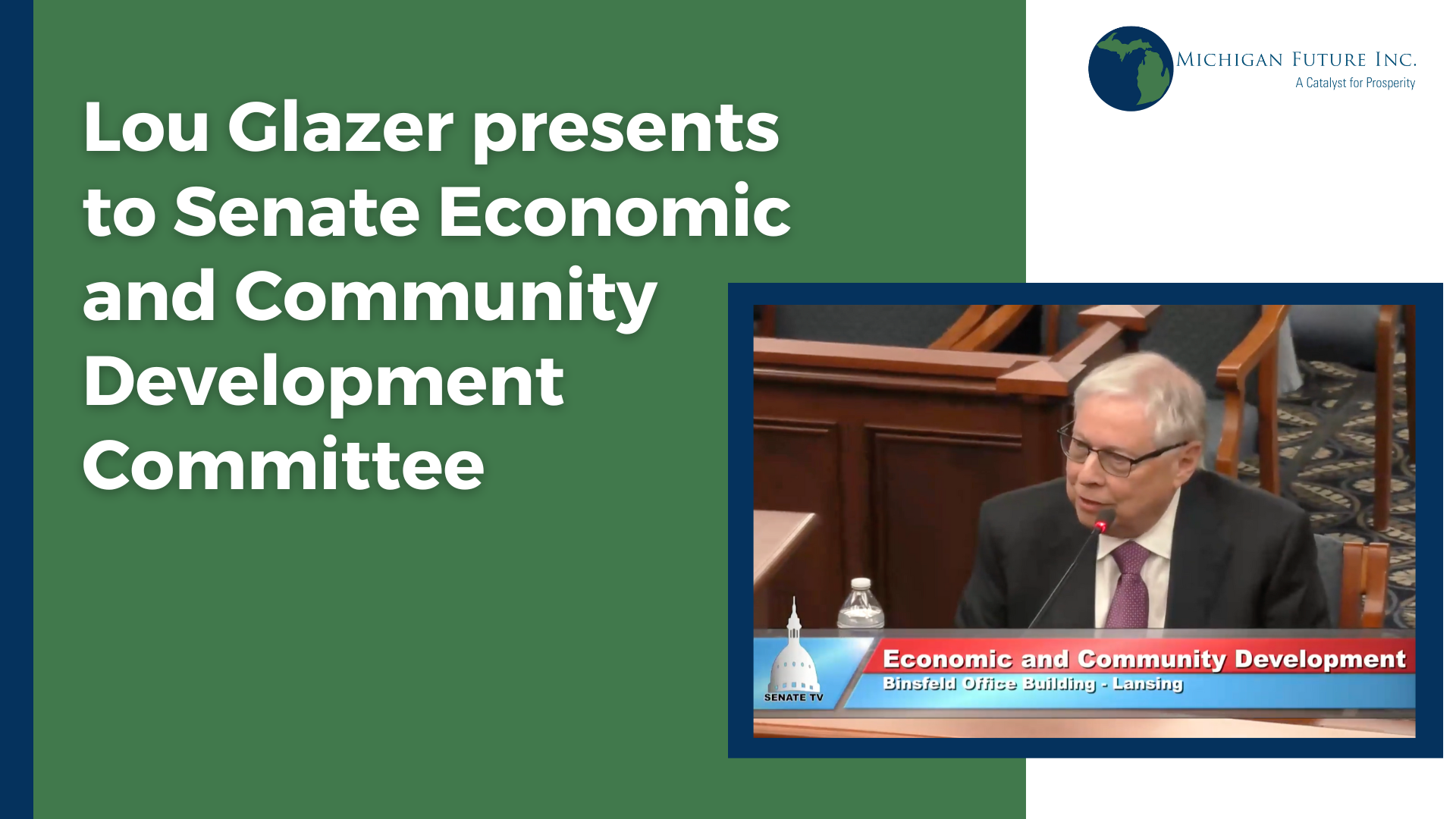In a series of columns the Mackinac Center asserts that Mississippi is a state that Michigan should use as model. One criticized a recent post I wrote in which I restated the core Michigan Future belief that what made Michigan prosperous in the past, won’t in the future. We need to get on a new path for Michigan to meet our goal of, once again, being consistently above the national average in per capita income. The path we are on now is unacceptable, leading to a Michigan that is one of the poorest states in the country.
I suggested that we ask all candidates a simple question: “If your economic plans work, what state would Michigan look like?” Our answer is Minnesota. The Great Lakes state with the highest per capita income (as well as the highest college attainment rate, the lowest unemployment rate and the lowest poverty rate).
In the post I indicated that Mississippi is not a wise choice, because they are the poorest and one of the least educated states in the nation. Seems like a no brainer. Not to the Mackinac Center. They argue that Mississippi should be a model because their per capita income growth rate is high. They are dismissive of our using current income as the best measure. Lets see what you think.
The reason we use current income as our prime metric is pretty obvious. Its income, not growth rates, that pays the bills. Its simply the best way to measure the differences in standard of living between states. So current income should always be the prime metric in comparing states. To argue that growth rates are more important than current reality is the equivalent of arguing that the Lions had a better season last year than the Patriots. The Lions won two more games than the year before, the Patriots lost one more. Its as if the Patriots making the playoffs and the Lions being one of the worst teams again doesn’t matter. Try convincing a Lions fan of that.
The only reason that growth rates should end up as an additional metric is if they are predictive of a higher income sometime soon. Does a higher growth rate predict in any reasonable time frame that Mississippi will pass Minnesota in per capita income? We will explore the evidence in some detail in the next post. But the bottom line is, despite higher growth rates for decades – the Mackinac Center argues since 1929 – Mississippi is still the poorest state in the nation and Minnesota one of the richest. The difference: per capita income in Minnesota in 2008 is around $43,000 in Mississippi $30,400. So much for growth rates predicting future prosperity!






